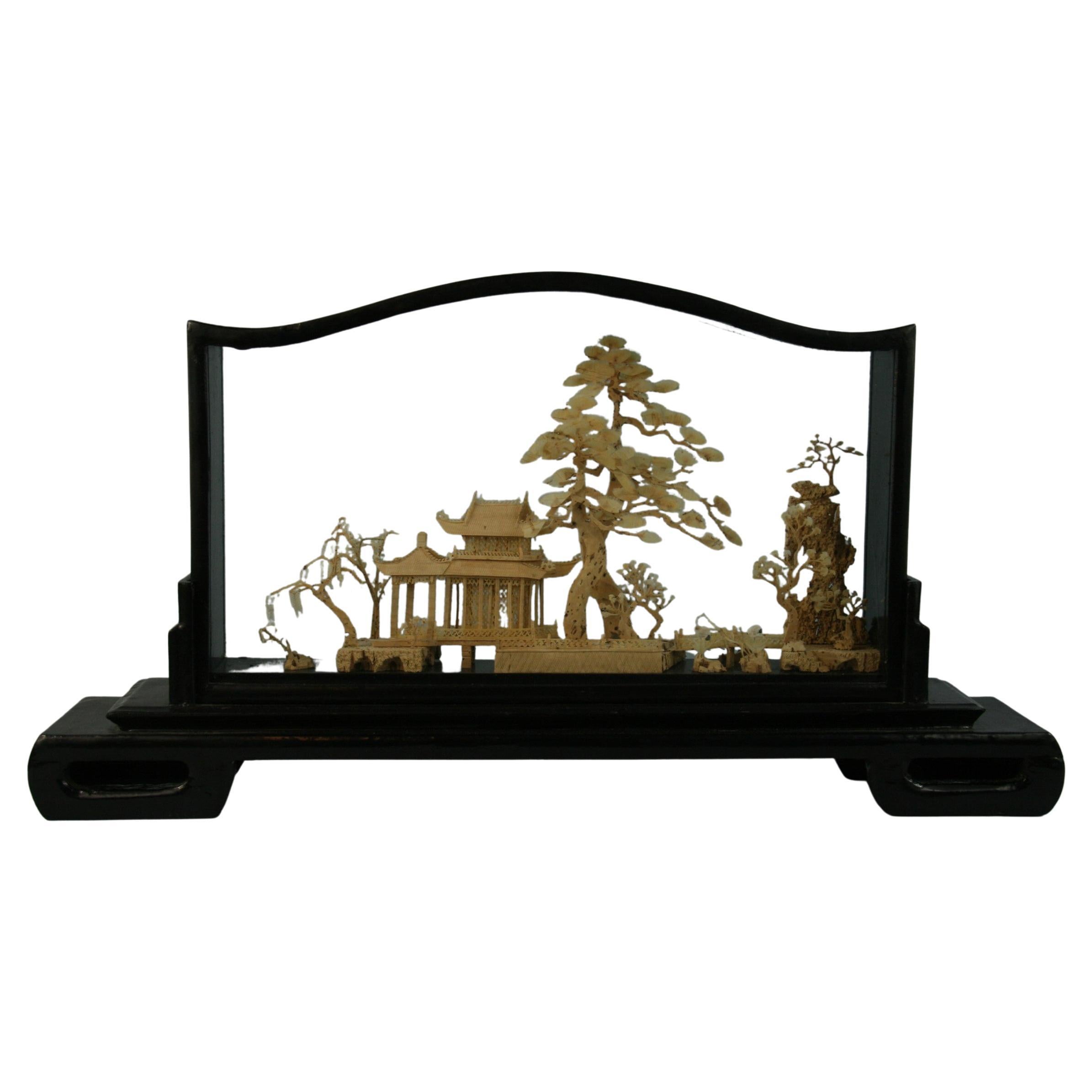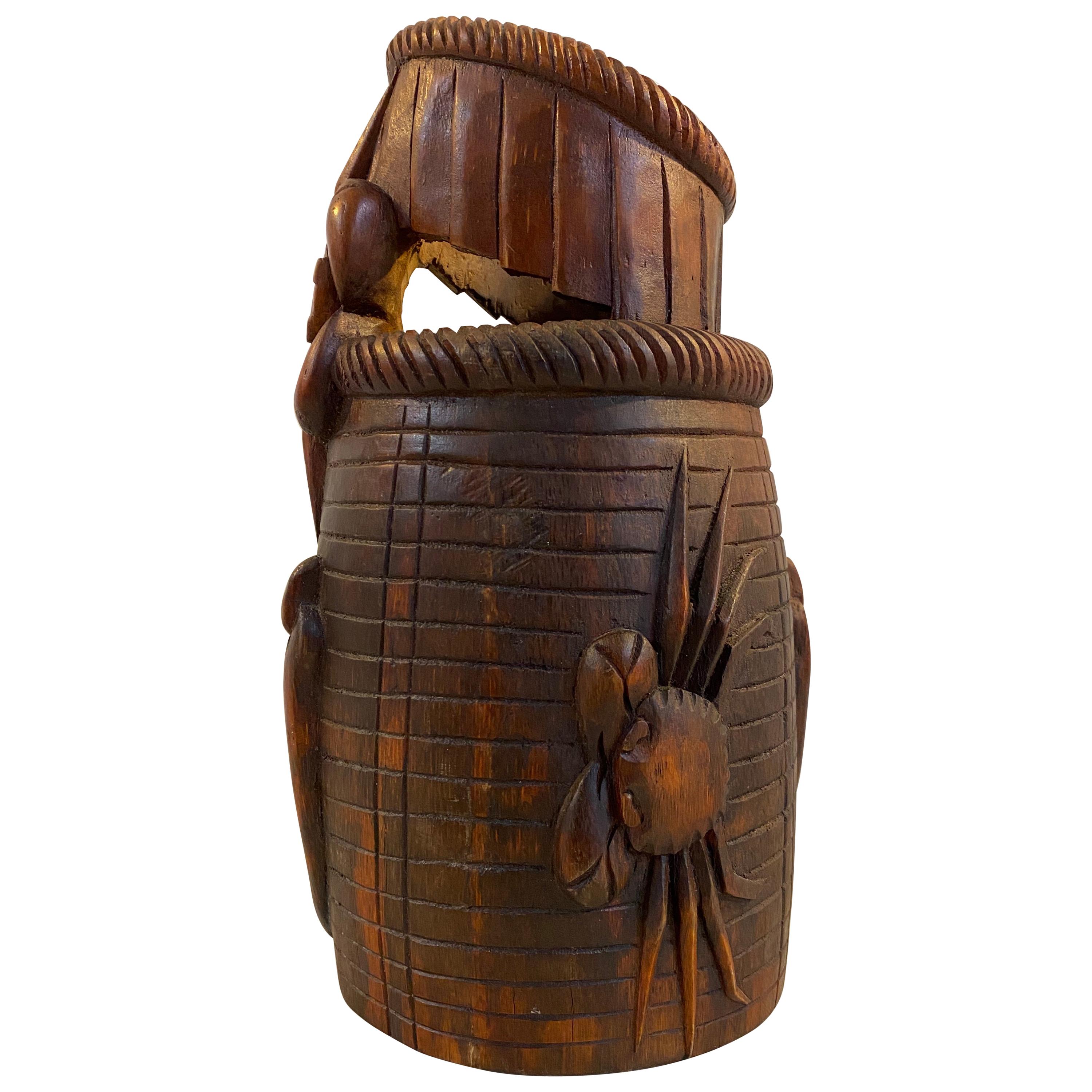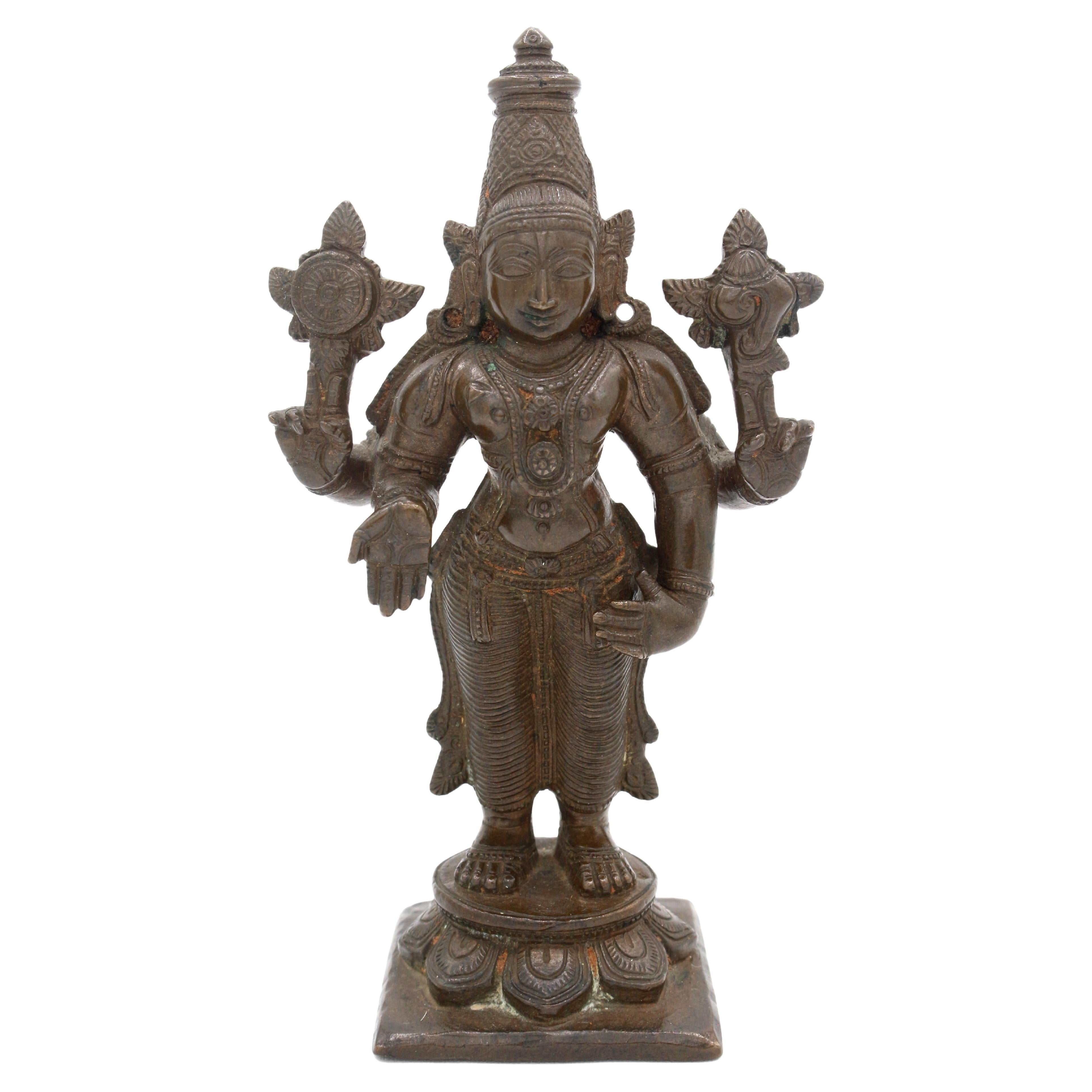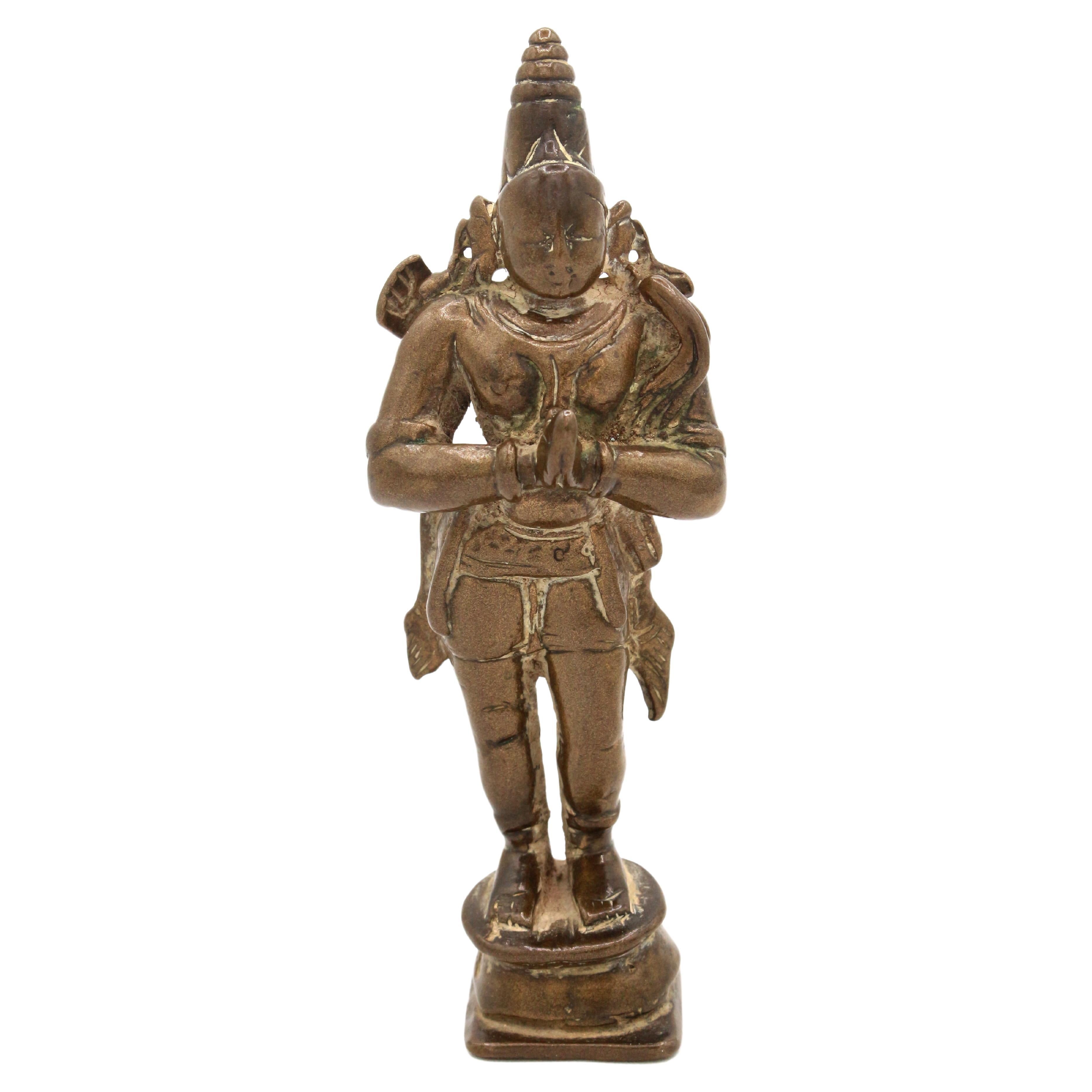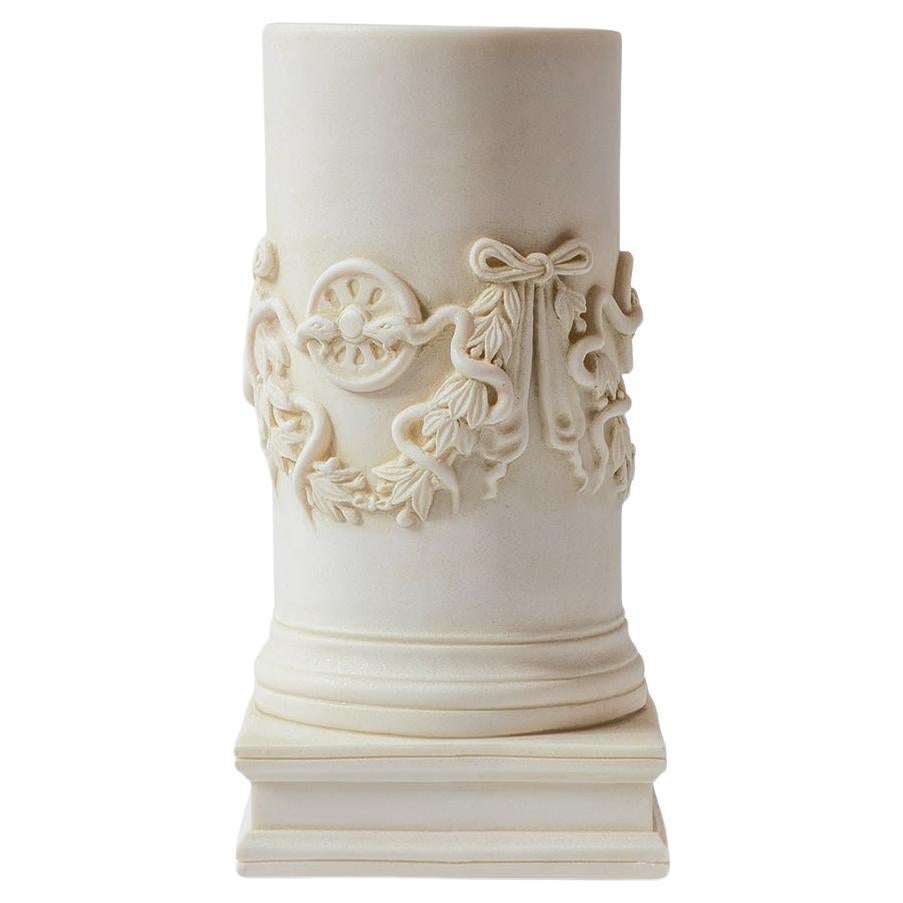Items Similar to Rare Antique Statue of a Chinese Child Performing Tai Chi
Want more images or videos?
Request additional images or videos from the seller
1 of 11
Rare Antique Statue of a Chinese Child Performing Tai Chi
About the Item
Rare Japanese antique statue of a Chinese child performing Tai chi capturing the pose in motion. Middle Edo period, circa 1750. Made from polychrome on carved cypress.
Dimensions: H 60 cm x W 30 cm x D 20 cm.
- Dimensions:Height: 23.63 in (60 cm)Width: 11.82 in (30 cm)Depth: 7.88 in (20 cm)
- Style:Edo (Of the Period)
- Materials and Techniques:
- Place of Origin:
- Period:
- Date of Manufacture:circa 1750
- Condition:Wear consistent with age and use. Minor losses. Minor fading.
- Seller Location:Prahran, AU
- Reference Number:
About the Seller
5.0
Vetted Seller
These experienced sellers undergo a comprehensive evaluation by our team of in-house experts.
Established in 1979
1stDibs seller since 2015
76 sales on 1stDibs
- ShippingRetrieving quote...Ships From: Prahran, Australia
- Return PolicyThis item cannot be returned.
More From This SellerView All
- Antique Japanese Statue of Dakini TenLocated in Prahran, VictoriaRare and highly unusual antique Japanese statue of the esoteric deity 'Dakini Ten,' a Buddhist goddess who was associated with the agricultural...Category
Antique 1770s Japanese Sculptures and Carvings
MaterialsGesso, Wood
- Rare Buddhist Carved Base for a Statue, Edo Period, 17th CenturyLocated in Prahran, VictoriaRare and unusual hexagonal Buddhist base for a statue with a recumbent shi-shi (guardian lion dog), gilded and carved with inset glass eyes and painted with mineral pigments. Most likely the base to a sculpture of Monju Bosatsu...Category
Antique Mid-17th Century Japanese Edo Animal Sculptures
MaterialsWood
- Antique Japanese Gilded Statue of a Shinto God, Momoyama PeriodLocated in Prahran, VictoriaA Japanese statue of a Shinto god from the Momoyama period. Hand carved from wood with a layer of gesso and hand painted flowing robes with delicately wroug...Category
Antique 16th Century Japanese Sculptures and Carvings
MaterialsGesso, Wood
- Japanese Theatre Mitsumekozo Theatre Mask Meiji Period, circa 1900Located in Prahran, VictoriaUnusual Japanese Folk Art theatre mask depicting the playful character Mitsumekozo, a three eyed goblin often portrayed as a mischevious creature in comical plays, late Meiji period,...Category
Antique Late 19th Century Japanese Meiji Sculptures and Carvings
MaterialsWood
- Japanese Erotic Otofuku Folk Art Carving, Late Meiji Period, circa 1900Located in Prahran, VictoriaRare and highly unusual Japanese Folk Art wood carving depicting the folk heroine and good luck figure Otafuku with a finely painted erotic design on the interior and a carved inscri...Category
Early 20th Century Japanese Meiji Sculptures and Carvings
MaterialsCypress
- Antique Japanese Statue of Datsue-ba or Shozuka No Baba, circa 14th CenturyLocated in Prahran, VictoriaJapanese statue of Datsue-ba also known as Shozuka no Baba, Kamakura- Muromachi period. Antique Japanese statue of Datsue-ba or Shozuka no B...Category
Antique 15th Century and Earlier Japanese Other Sculptures
MaterialsCypress
You May Also Like
- Oversized Antique Chinese Cork DioramaLocated in Douglas Manor, NYAntique Chinese cork diorama depicting temple and garden scene.Category
Vintage 1940s Sculptures and Carvings
MaterialsHardwood, Cork, Glass
- Antique Chinese Hand Carved Boxwood Prosperity Crab Basket or Brush PotLocated in San Francisco, CAAntique Chinese hand carved boxwood prosperity crab basket or brush pot Fine old brush pot that can also be used a vase Dimensions 5.5" diameter a...Category
Early 20th Century Chinese Sculptures and Carvings
MaterialsBoxwood
- Late 19th Century Small Bronze Vishnu StatueLocated in Chapel Hill, NCLate 19th century small bronze statue of Vishnu, chiseled with great detail on a fine casting, lost wax process. 2 1/2" x 1 3/8" x 4...Category
Antique Late 19th Century Indian Sculptures and Carvings
MaterialsBronze
- 19th Century Small Serene Bronze Hindu God StatueLocated in Chapel Hill, NCSmall bronze serene standing figure, a Hindu God, lost wax casting. 19th Century. 1 1/2" x 1" x 3 3/4" H.Category
Antique 19th Century Indian Sculptures and Carvings
MaterialsBronze
- The Snaked Altar Column Statue Compressed Marble Powder Sculpture Bergama MuseumBy LAGULocated in İSTANBUL, TRWeight: 8 kg The Snaked Altar, situated atop a marble column at the entrance square of the Ancient City of Asclepion, holds the distinction of being recognized as the earliest symbol of medicine and pharmacy. The altar's prominent position within the Asclepion complex highlights its importance in the context of ancient medical practices. It served as a visual representation of the profound connection between spirituality and healing, as Asclepius, the Greek god of medicine, was often depicted alongside snakes, which were regarded as symbols of rebirth and rejuvenation. Today, the original Snaked Altar finds its rightful place of honor in the prestigious Bergama Museum. Visitors to the museum can marvel at its intricate details and appreciate the craftsmanship of the ancient artisans who sculpted it. The altar's preservation allows us to delve into the depths of history and gain insights into the ancient world's understanding and reverence for medicine. *Crafted from compressed marble powder. *Manufactured using molds...Category
21st Century and Contemporary Turkish Classical Greek Sculptures and Car...
MaterialsStatuary Marble
- The Snaked Altar Column Statue Compressed Marble Powder Sculpture Bergama MuseumBy LAGULocated in İSTANBUL, TRWeight: 8 kg The Snaked Altar, situated atop a marble column at the entrance square of the Ancient City of Asclepion, holds the distinction of being recognized as the earliest symbol of medicine and pharmacy. The altar's prominent position within the Asclepion complex highlights its importance in the context of ancient medical practices. It served as a visual representation of the profound connection between spirituality and healing, as Asclepius, the Greek god of medicine, was often depicted alongside snakes, which were regarded as symbols of rebirth and rejuvenation. Today, the original Snaked Altar finds its rightful place of honor in the prestigious Bergama Museum. Visitors to the museum can marvel at its intricate details and appreciate the craftsmanship of the ancient artisans who sculpted it. The altar's preservation allows us to delve into the depths of history and gain insights into the ancient world's understanding and reverence for medicine. *Crafted from compressed marble powder. *Manufactured using molds...Category
21st Century and Contemporary Turkish Classical Greek Sculptures and Car...
MaterialsStatuary Marble
Recently Viewed
View AllMore Ways To Browse
Childs Antiques
Childs Antique Furniture
Statue Rare
Antique Cypress
Antique Chinese Statue
Antique Chinese Statues
Antique Cypress Furniture
Statue Japan
Child Statue
Polychrome Statue
18th Century Chinese Carvings
China Circa 1750
Antique Japanese Statues Statues
Antique Japanese Statue
Antique Japanese Statues
Carved Polychrome Statue
Antique China Statue
Chinese Cypress

